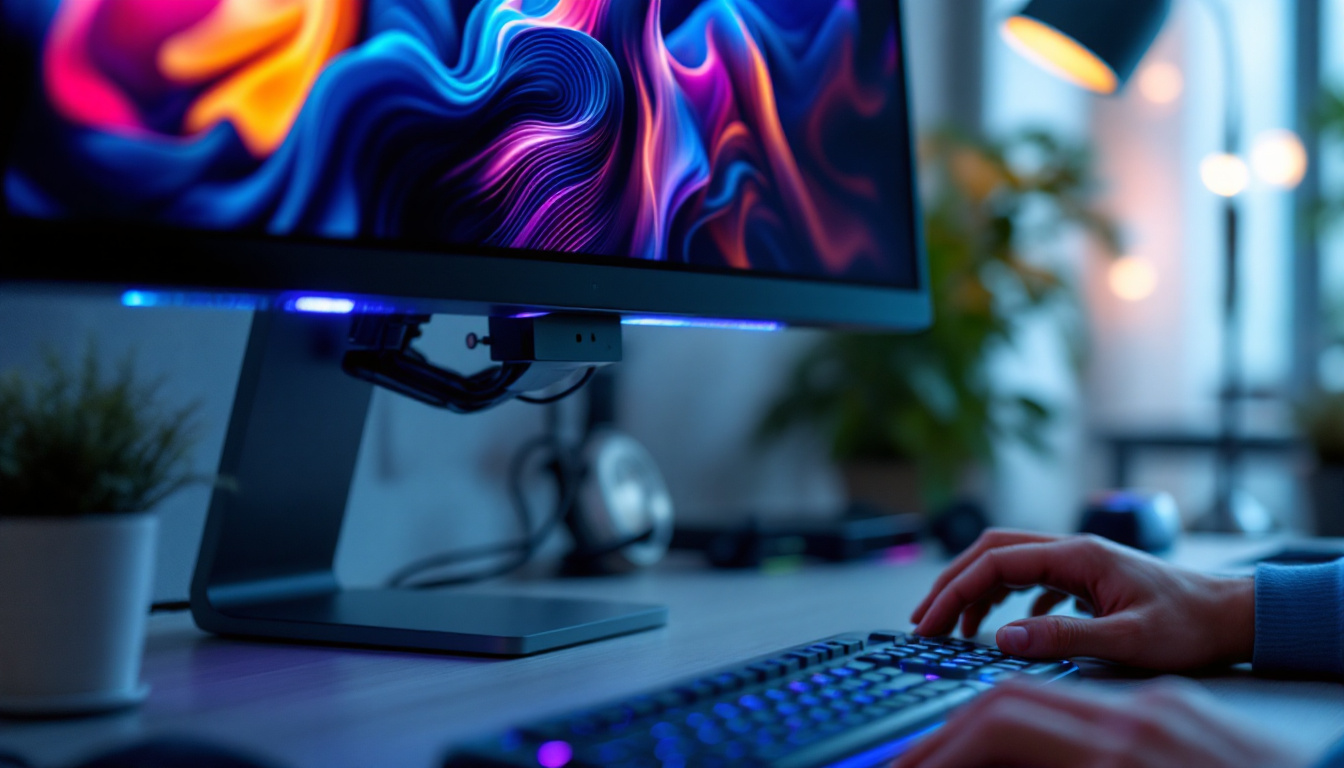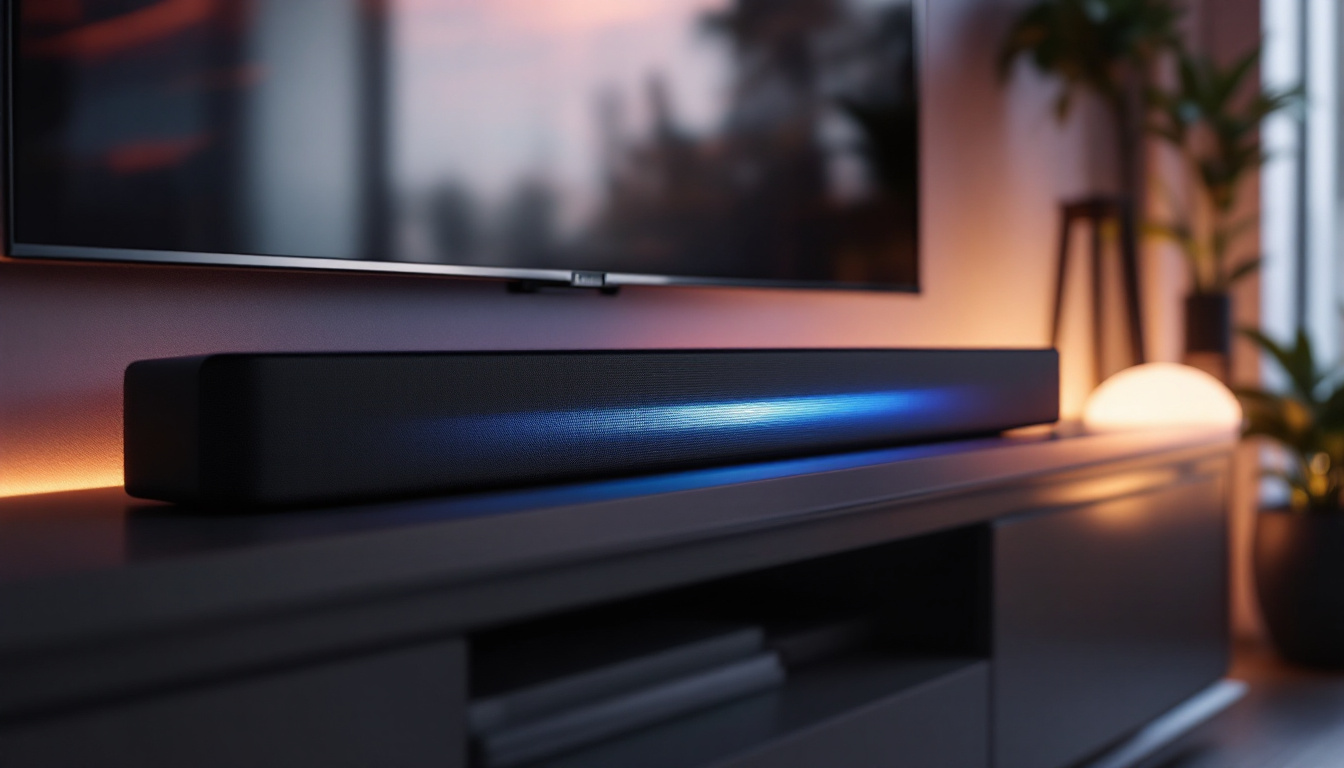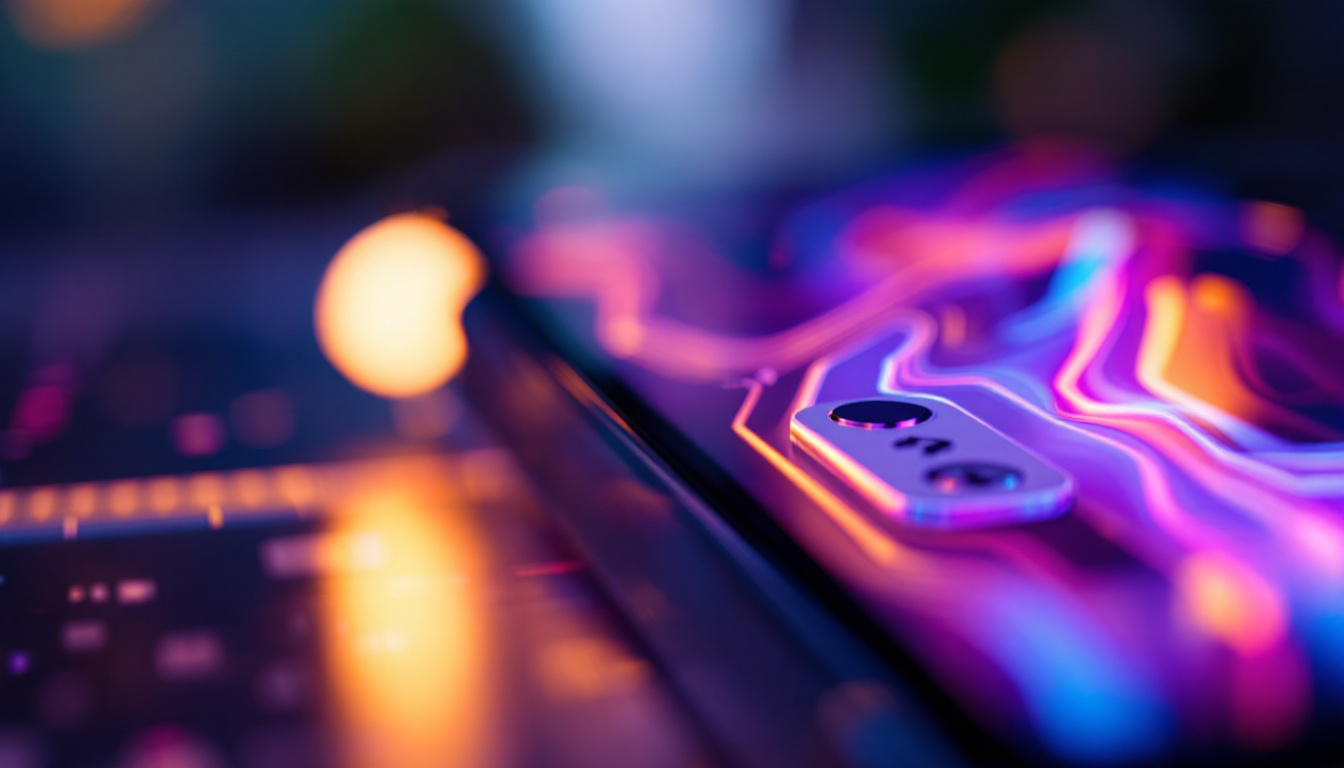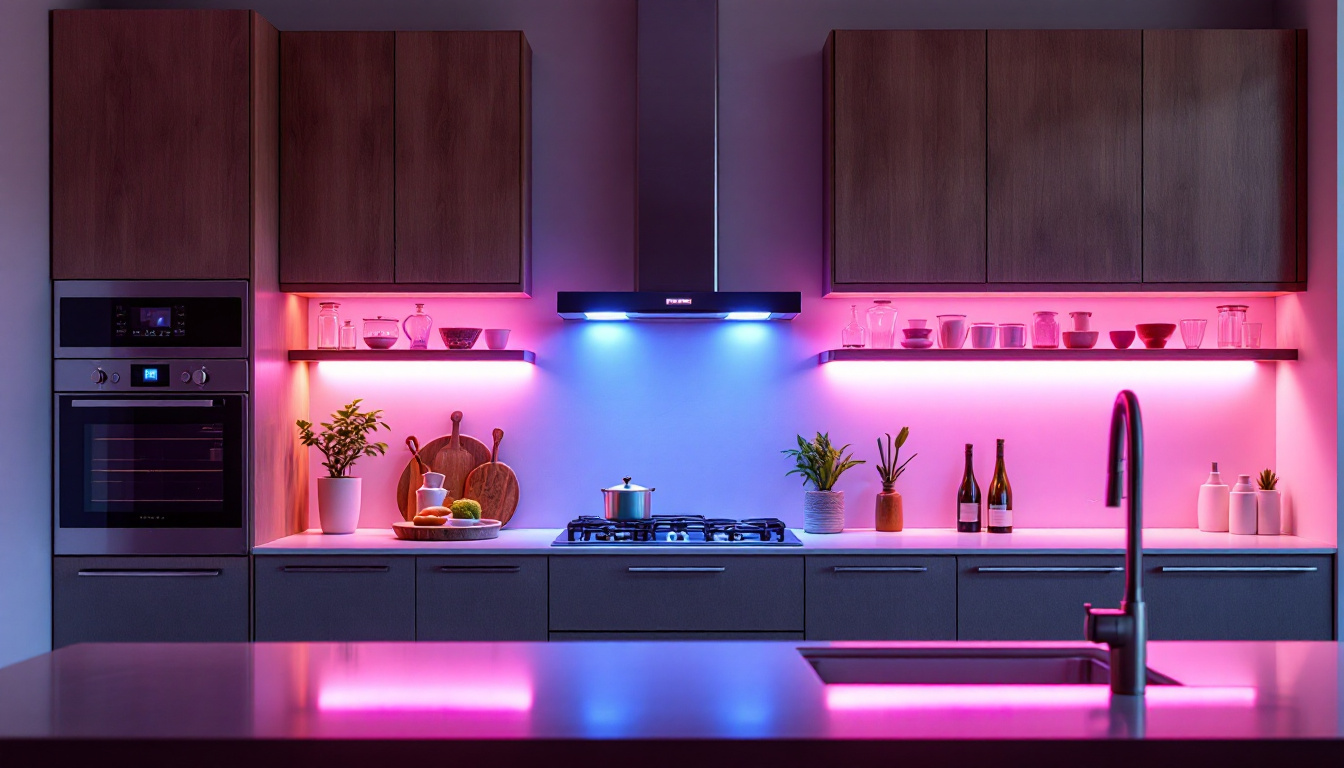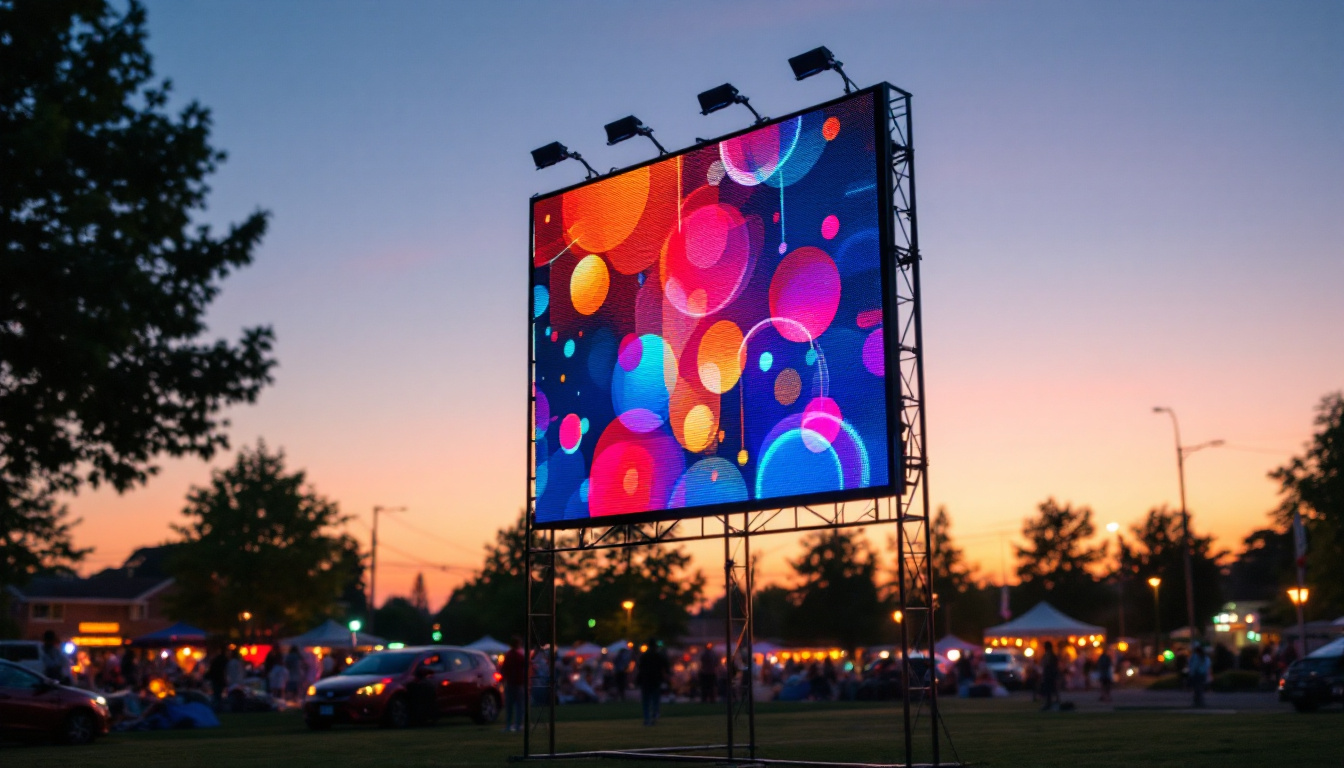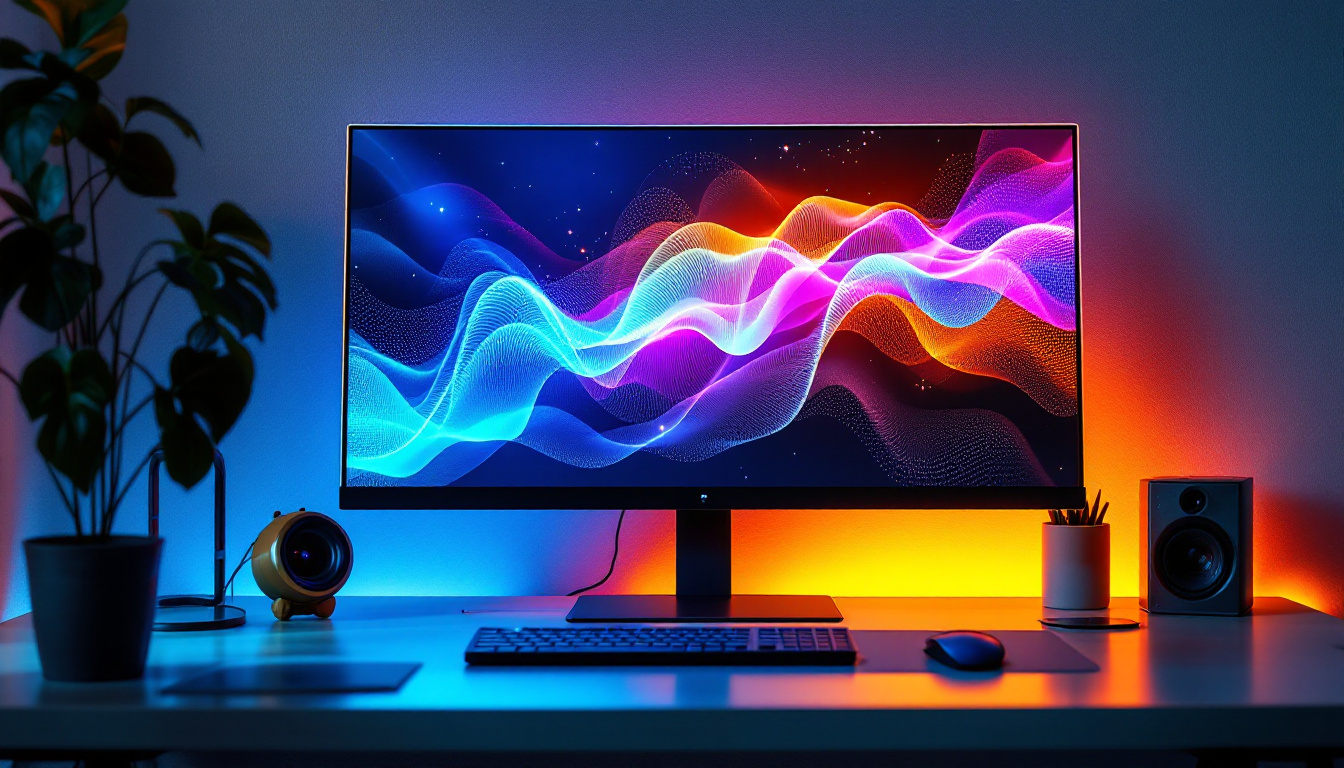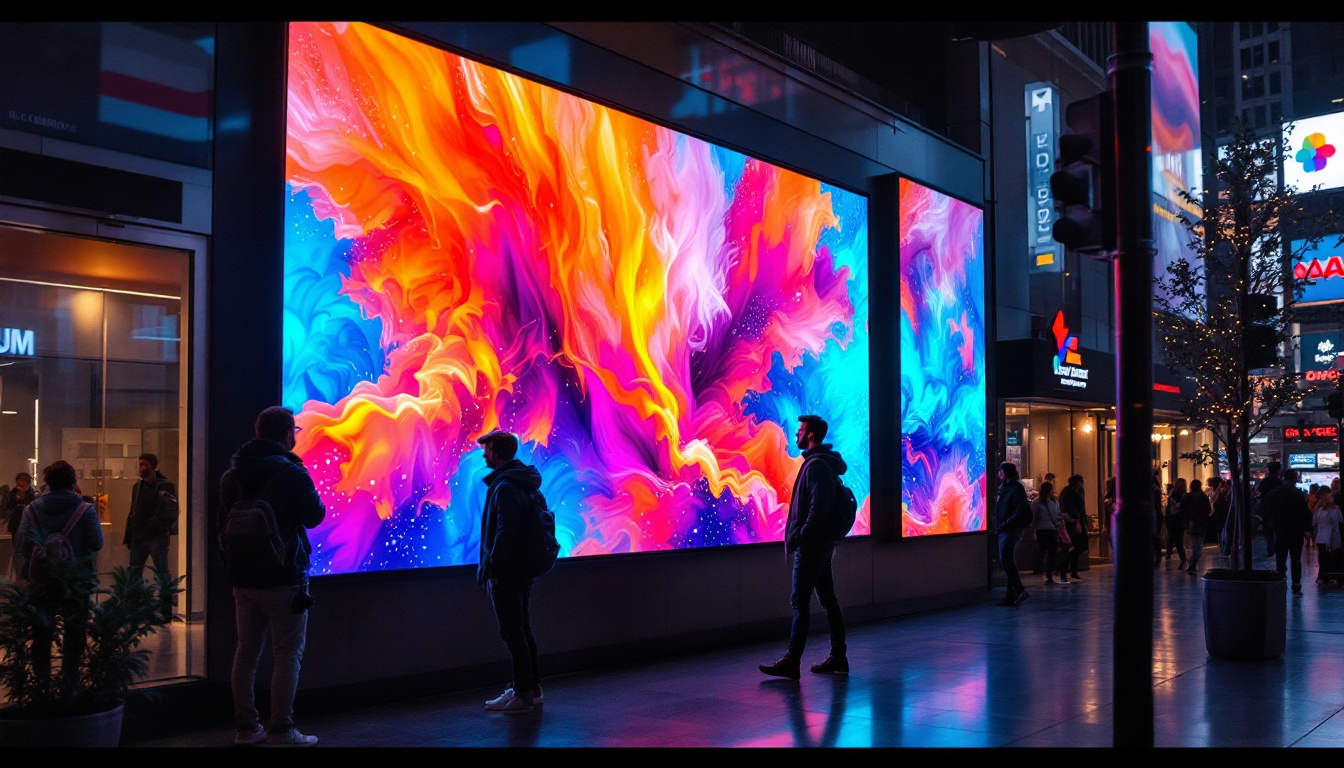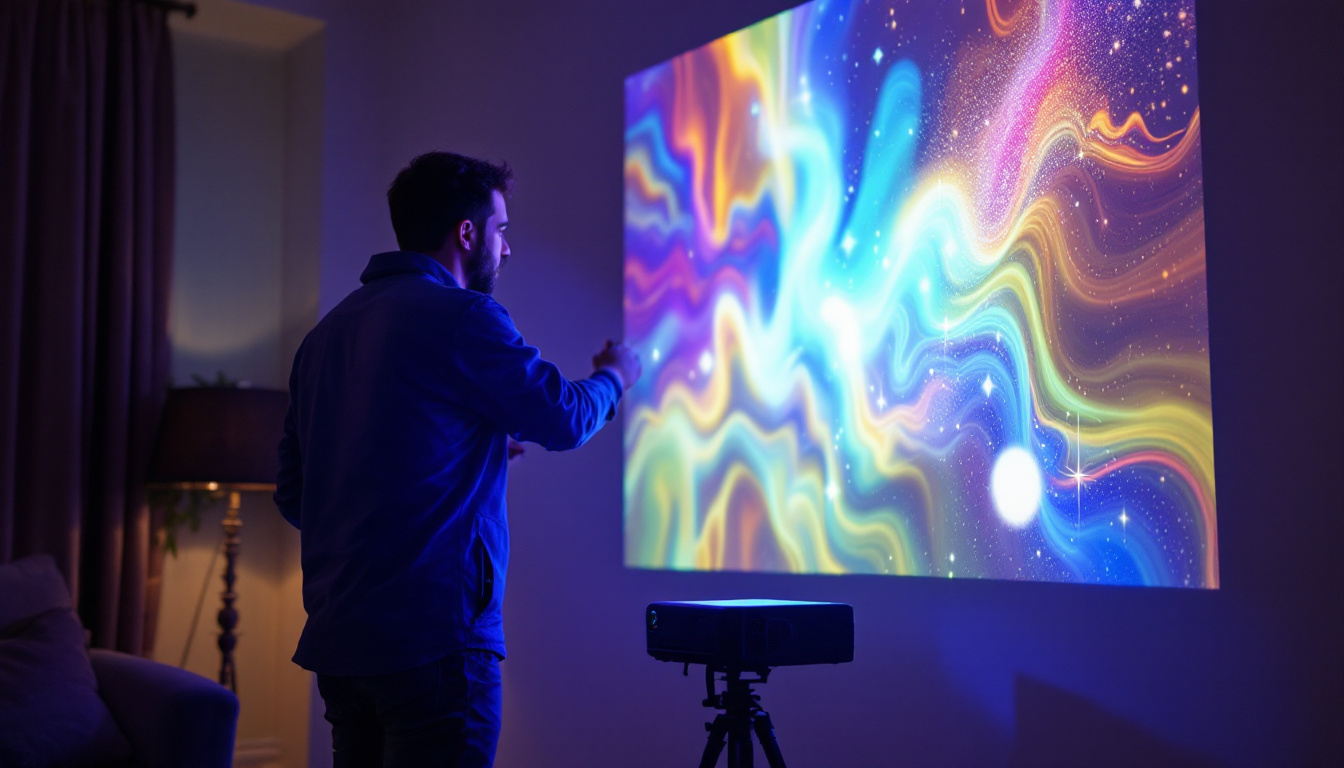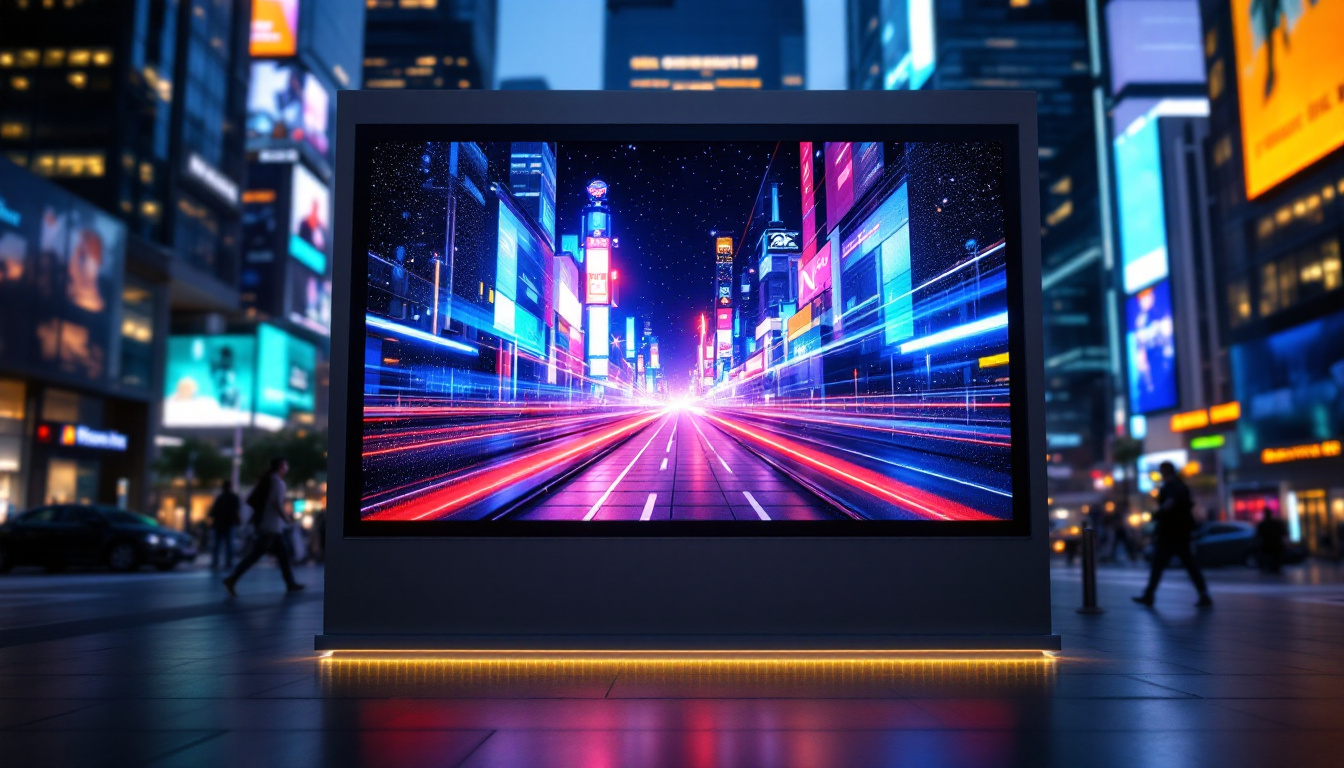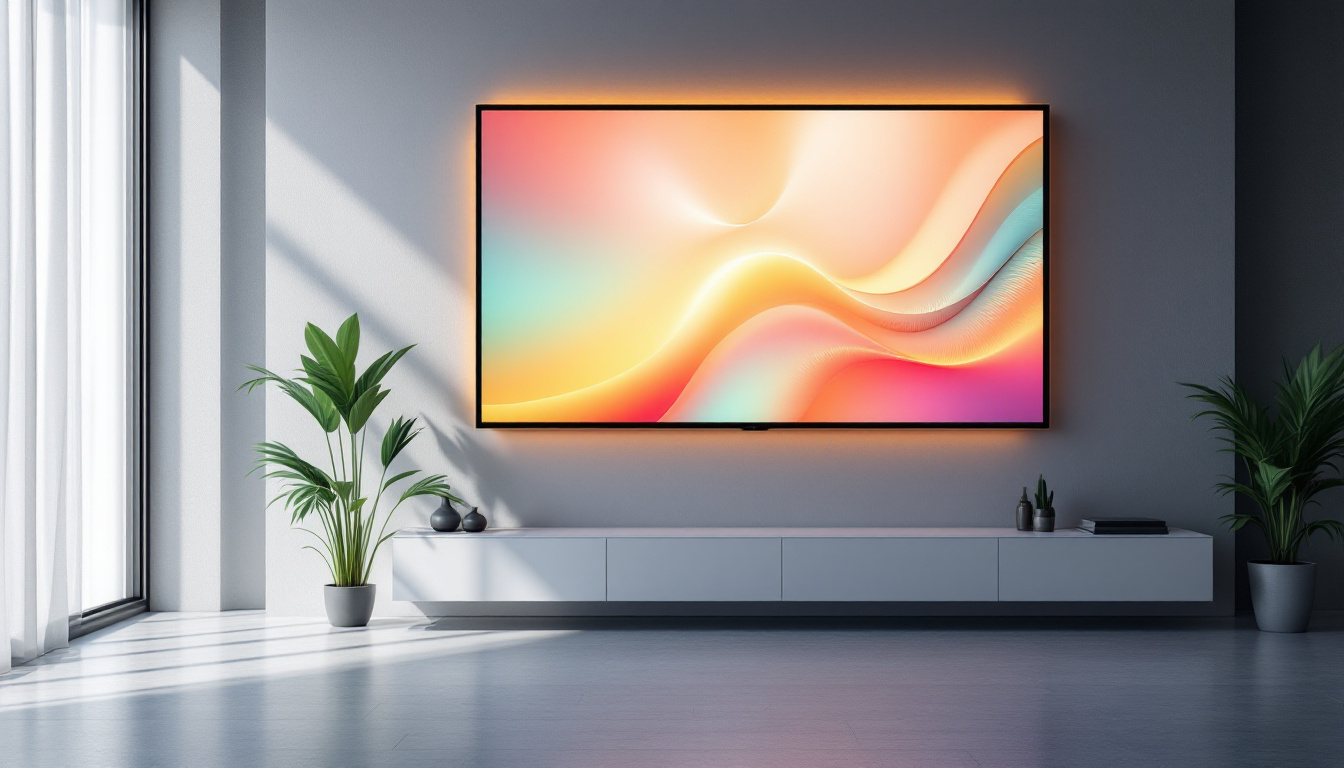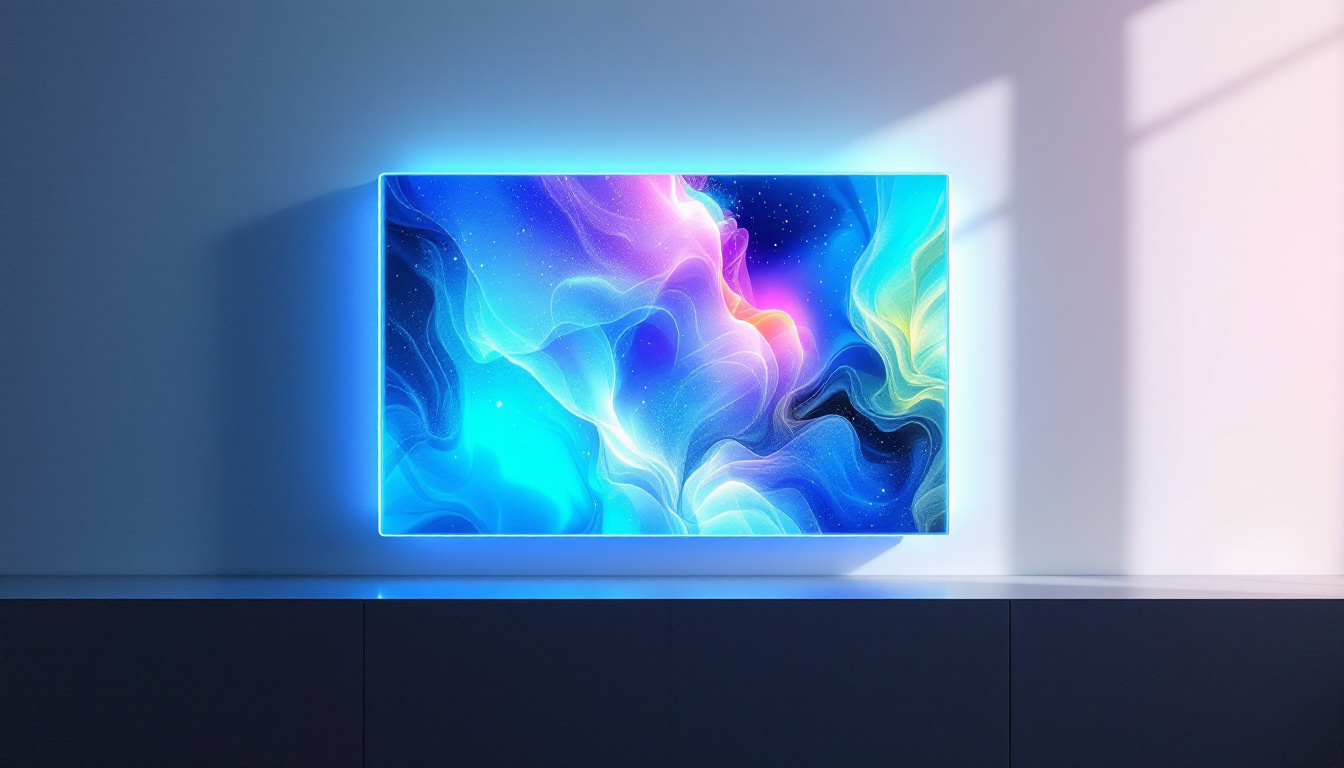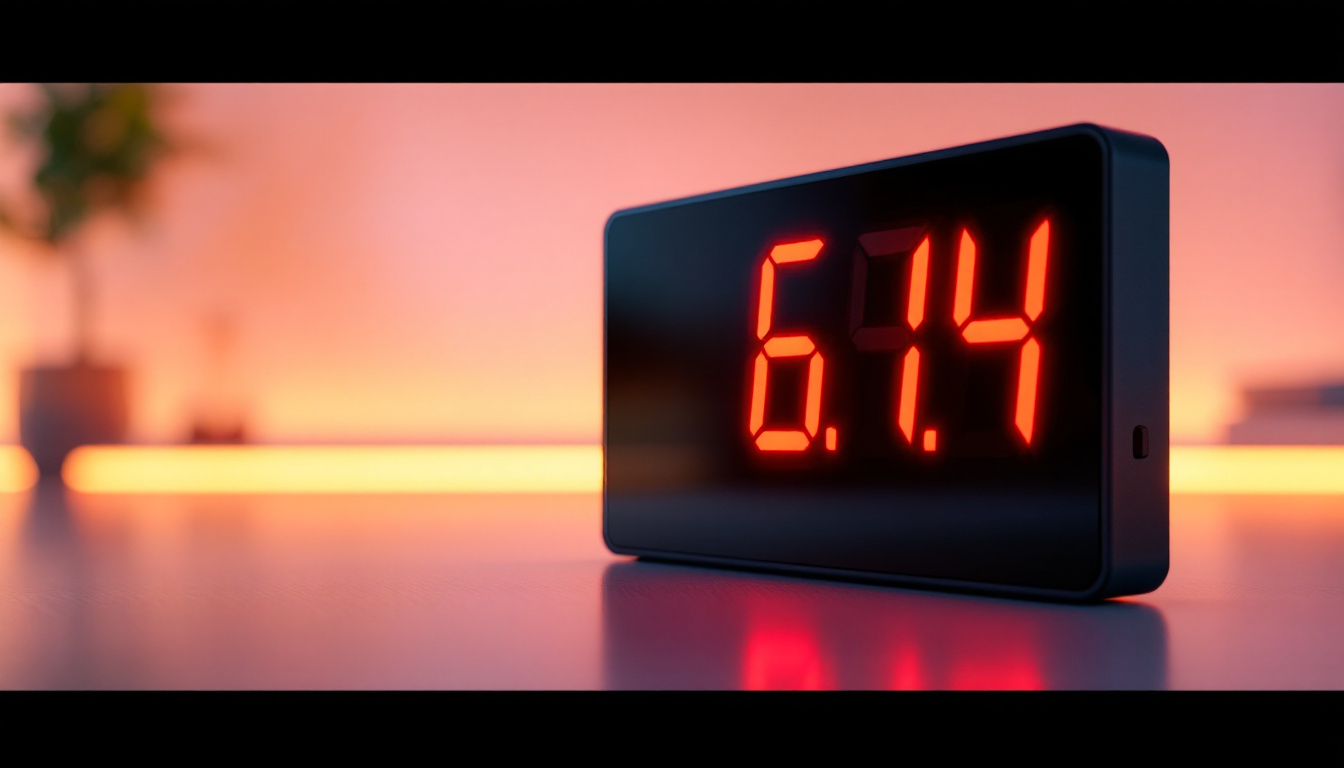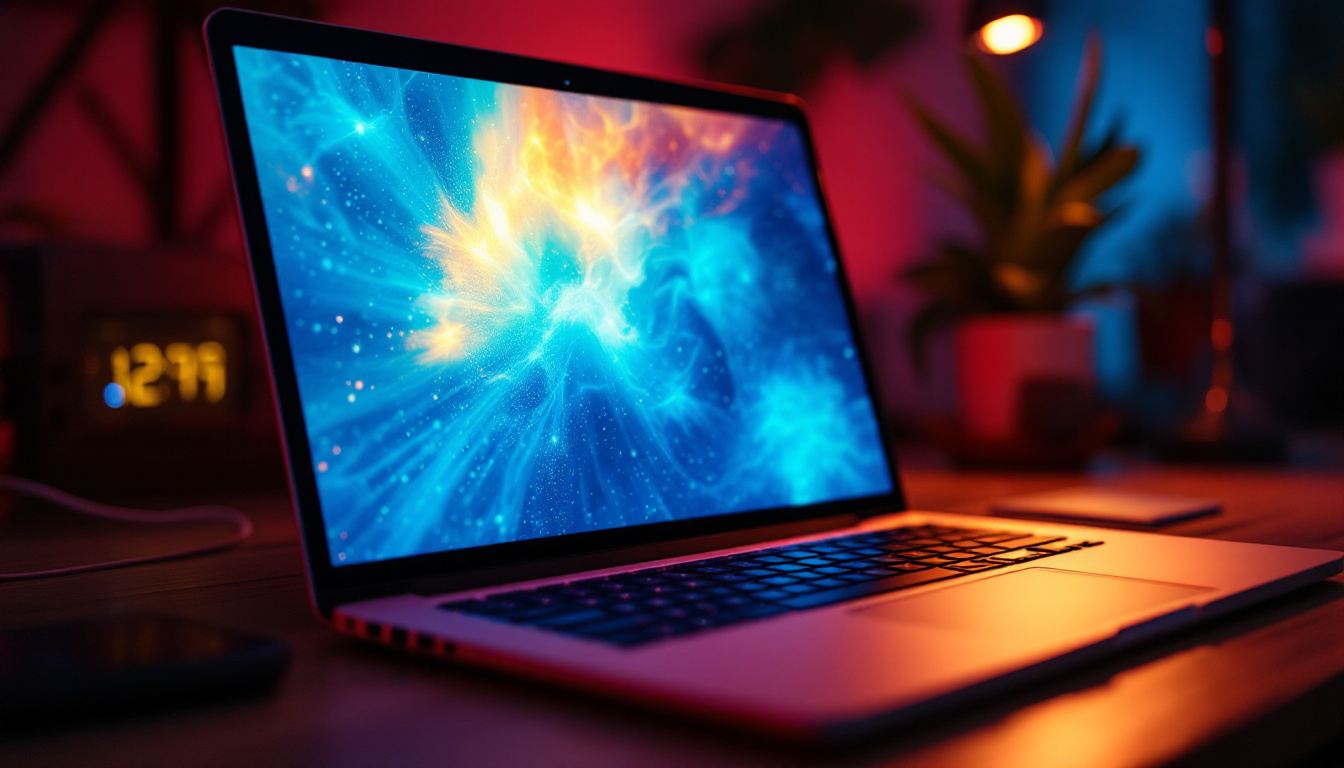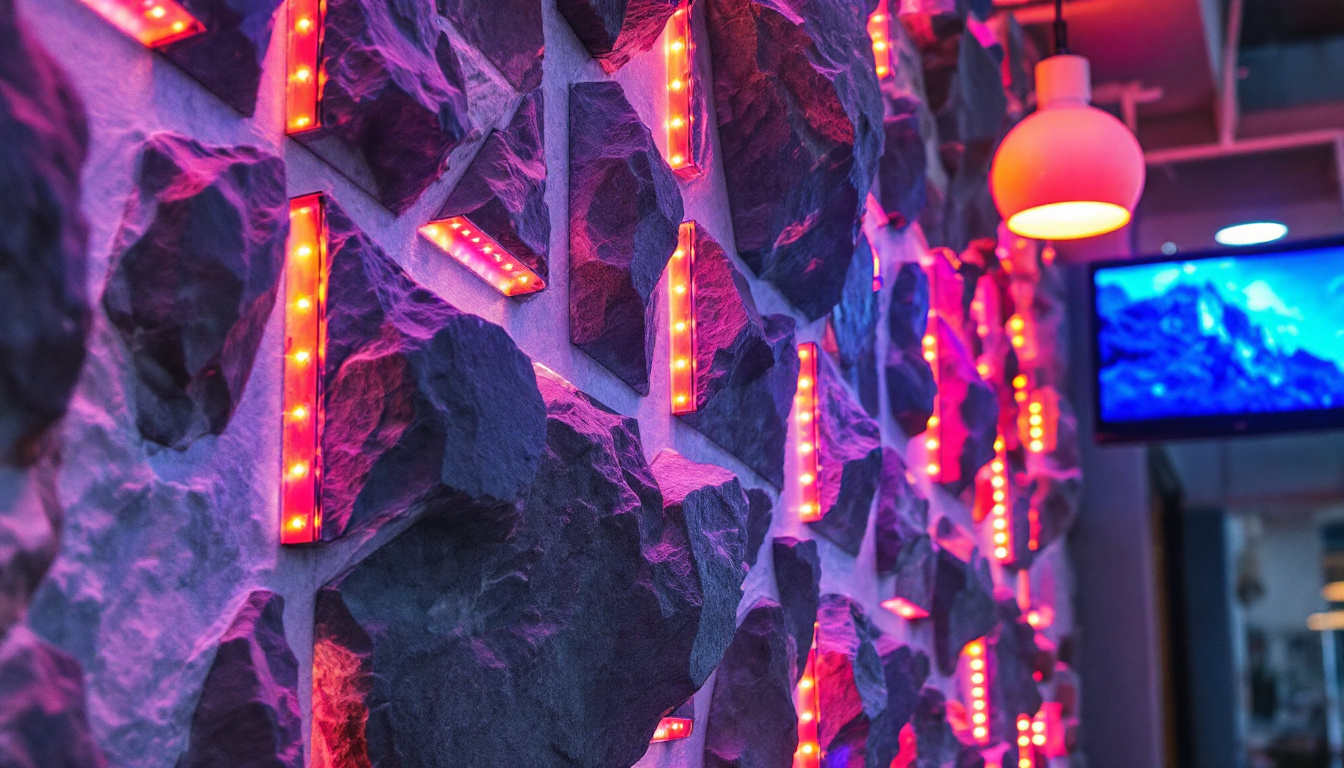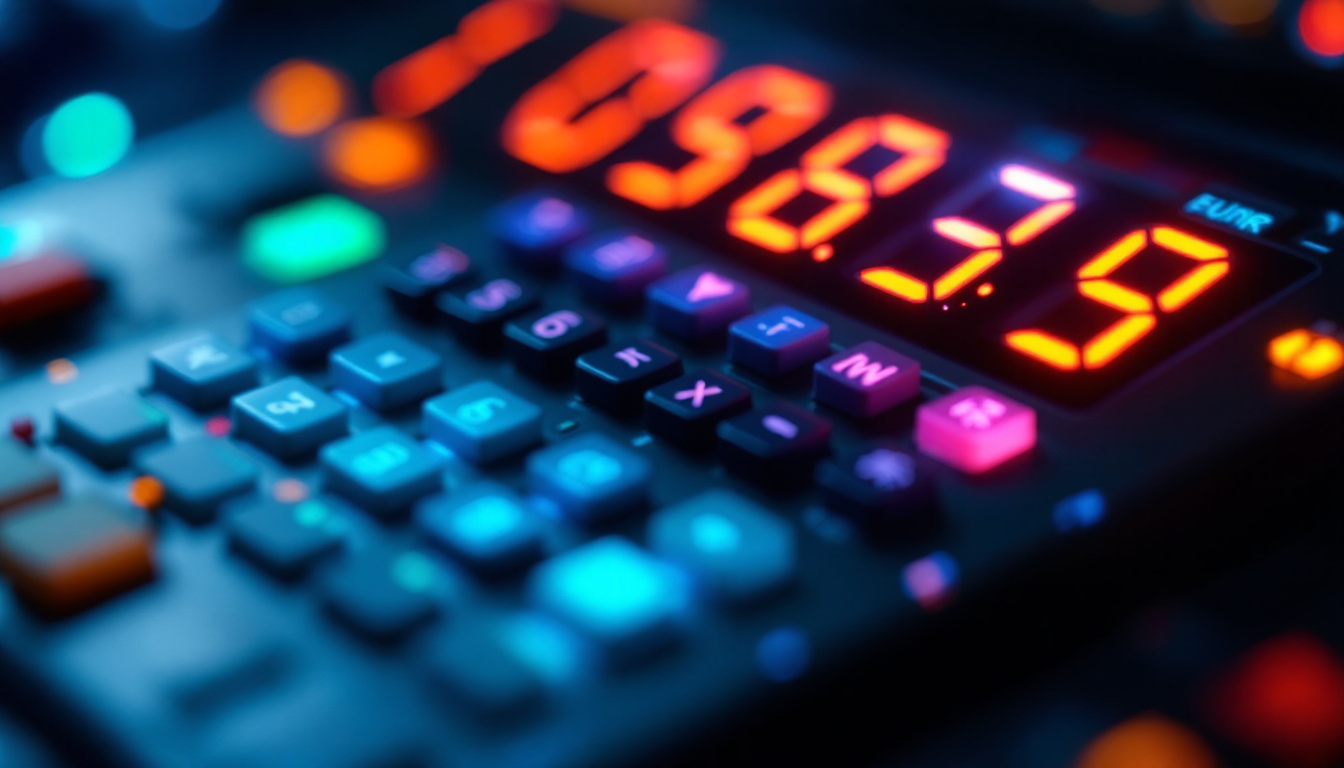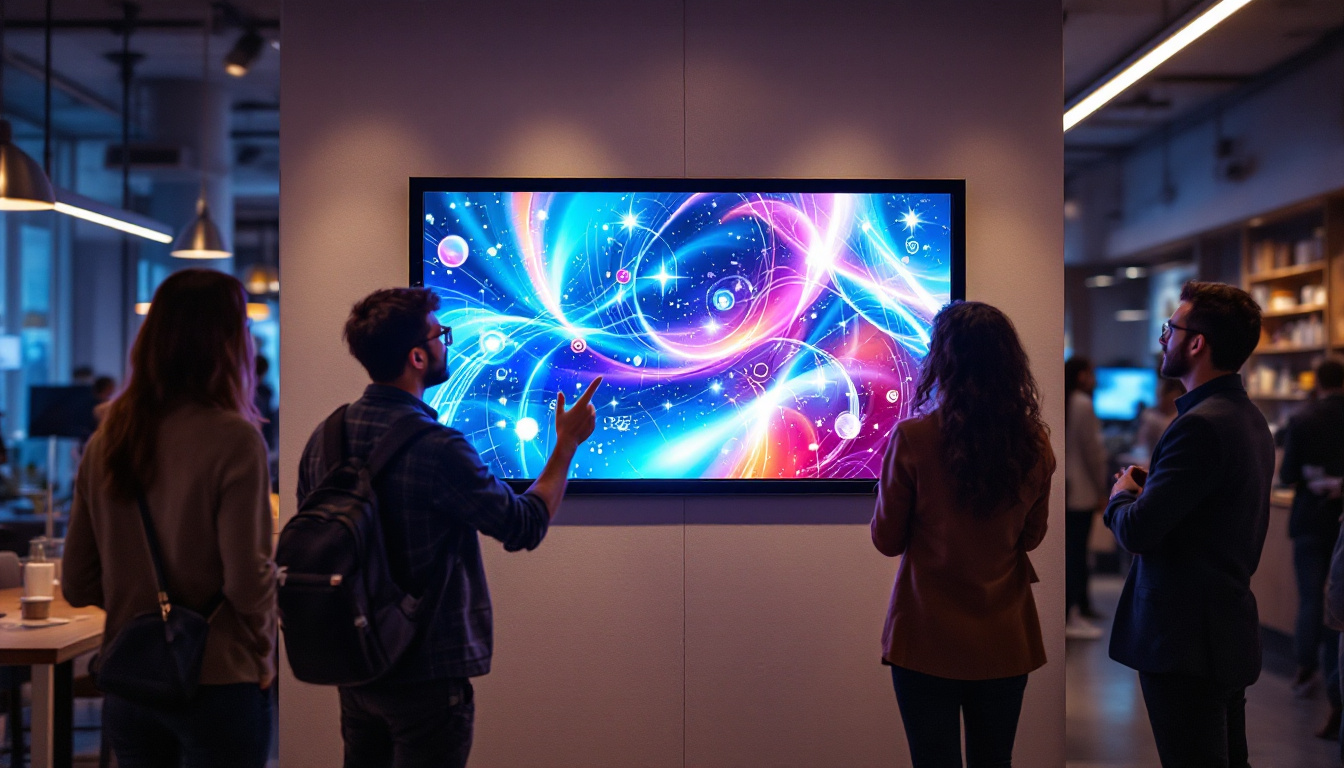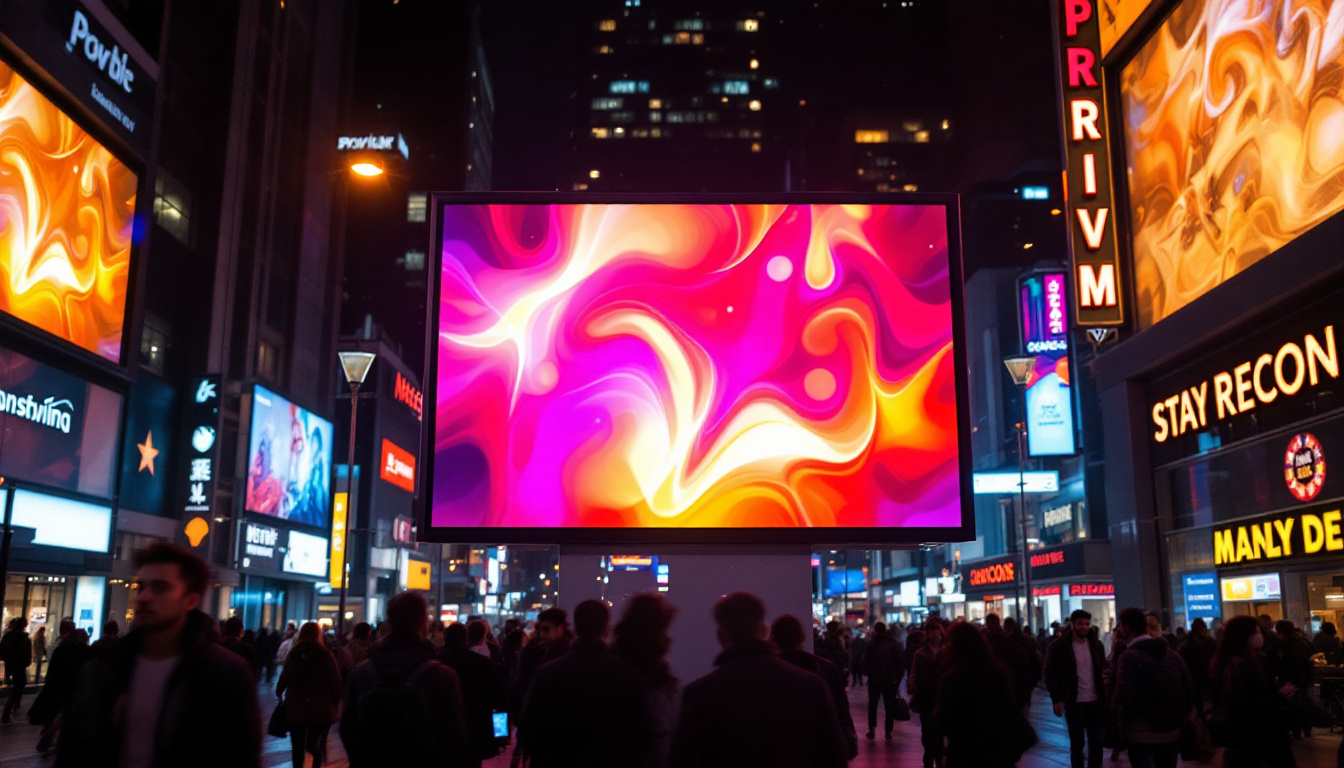Installing a driver for your monitor is a crucial step in ensuring that your LED display functions optimally. While many modern operating systems automatically detect and install the necessary drivers, there are instances where manual installation is required. This article will guide you through the process of installing a monitor driver, explaining the importance of drivers, and providing troubleshooting tips for common issues.
Understanding Monitor Drivers
Before diving into the installation process, it is essential to understand what monitor drivers are and why they matter. A monitor driver is a software component that allows your operating system to communicate effectively with your display hardware. It translates the data from the operating system into a format that the monitor can understand, ensuring that images and videos are rendered correctly. This communication is crucial not only for basic display functionality but also for advanced features such as adaptive sync technologies that enhance gaming experiences.
The Role of Drivers in Display Performance
Drivers play a significant role in the performance of your monitor. They control various aspects of display functionality, including resolution, refresh rates, and color calibration. Without the correct driver, a monitor may not perform at its best, leading to issues such as poor image quality, incorrect color representation, or even a complete lack of display output. Additionally, monitor drivers can impact the responsiveness of your display, affecting how quickly images refresh and how fluidly animations appear, which is particularly important for gamers and graphic designers who require precision and speed.
Types of Monitor Drivers
There are generally two types of monitor drivers: generic and specific. Generic drivers are built into the operating system and provide basic functionality for most monitors. However, specific drivers, often provided by the monitor manufacturer, offer enhanced features and better performance. It is advisable to use the specific driver whenever possible, as it is designed to optimize the monitor’s capabilities. Furthermore, specific drivers may include additional software tools that allow users to customize settings such as brightness, contrast, and color profiles, enabling a more personalized viewing experience that can cater to individual preferences or specific tasks, such as photo editing or gaming.
Moreover, keeping your monitor drivers up to date can also lead to improved compatibility with new software and operating system updates. Manufacturers frequently release driver updates that fix bugs, enhance performance, and even introduce new features that were not available at the time of the monitor’s initial release. Therefore, regularly checking for updates and ensuring that you have the latest drivers installed can significantly enhance your overall user experience, providing smoother operation and maximizing the capabilities of your display hardware.
Preparing for Driver Installation
Before installing a monitor driver, certain preparations can help streamline the process and ensure success. This includes gathering necessary information and ensuring that the system is ready for the installation.
Gathering Information
Start by identifying the make and model of your monitor. This information is usually found on the back of the monitor or in the user manual. Additionally, knowing the operating system version (such as Windows 10, macOS, or Linux) is crucial, as driver installation steps may vary between systems. It may also be beneficial to check the manufacturer’s website for any specific instructions or additional software that may be required for optimal performance. Some monitors come with unique features that may require proprietary drivers to unlock their full potential, such as color calibration tools or advanced display settings.
Checking for Existing Drivers
Before proceeding with a new installation, check if there are existing drivers installed on your system. This can be done through the Device Manager on Windows or the System Preferences on macOS. If a driver is already installed but is outdated or malfunctioning, it may need to be updated or uninstalled before installing the new driver. Additionally, it’s wise to create a system restore point prior to making any changes. This allows you to revert back to a previous state in case the new driver causes any issues. Keeping your system backed up is a good practice that can save you time and hassle in the event of unexpected complications during the installation process.
Steps to Install Monitor Drivers
Installing a monitor driver can vary based on the operating system. Below are detailed steps for installing drivers on Windows and macOS.
Installing Drivers on Windows
For Windows users, the installation process can be straightforward. Follow these steps:
- Download the Driver: Visit the manufacturer’s website and download the latest driver for your specific monitor model. Ensure that the driver is compatible with your version of Windows.
- Open Device Manager: Right-click on the Start menu and select ‘Device Manager’ from the list. This will open a window showing all connected devices.
- Locate Your Monitor: Expand the ‘Monitors’ section to find your monitor listed. If it shows up as ‘Generic PnP Monitor,’ it indicates that the generic driver is being used.
- Update Driver: Right-click on your monitor’s name and select ‘Update driver.’ Choose ‘Browse my computer for driver software’ and navigate to the location where you downloaded the driver.
- Follow the Prompts: Follow the on-screen instructions to complete the installation. Once finished, restart your computer to apply the changes.
It’s important to note that sometimes, Windows may automatically search for the best driver online. If you prefer to have the latest features and optimizations, manually downloading the driver from the manufacturer’s site is often the best approach. Additionally, if you encounter any issues during installation, checking the manufacturer’s support page for troubleshooting tips can be immensely helpful. They often provide FAQs or forums where users share solutions to common problems.
Installing Drivers on macOS
For macOS users, the process is slightly different:
- Download the Driver: Similar to Windows, visit the manufacturer’s website and download the appropriate driver for your monitor.
- Open System Preferences: Click on the Apple menu and select ‘System Preferences.’
- Access Displays: Click on ‘Displays’ to open the display settings.
- Install the Driver: If the downloaded driver comes in a package format, double-click it to start the installation. Follow the prompts to complete the installation process.
- Restart Your Mac: After installation, restart your Mac to ensure that the new driver is recognized.
In macOS, the installation process is often seamless, as the system is designed to integrate new hardware with minimal user intervention. However, users should be aware that some third-party drivers may require additional permissions or adjustments in the Security & Privacy settings. If prompted, it’s crucial to allow these permissions to ensure the driver functions correctly. Furthermore, keeping your macOS updated can enhance compatibility with new monitor features, so regularly checking for system updates is advisable.
Troubleshooting Common Issues
Even after following the installation steps, users may encounter issues. Here are some common problems and their solutions.
Monitor Not Detected
If your monitor is not detected after installation, check the following:
- Connection: Ensure that the monitor is properly connected to the computer. Check both the power and data cables.
- Input Source: Make sure that the correct input source is selected on the monitor. Many monitors have multiple input options (HDMI, DisplayPort, VGA, etc.).
- Device Manager: Return to Device Manager to see if the monitor appears. If it shows an error, right-click and select ‘Uninstall device,’ then restart your computer and reinstall the driver.
Resolution Issues
Sometimes, even after installing the correct driver, the resolution may not be set correctly. To address this:
- Display Settings: Go to Display Settings on Windows or Displays on macOS and manually adjust the resolution to the recommended settings for your monitor.
- Driver Update: Check if there is an updated version of the driver available on the manufacturer’s website.
Color Calibration Problems
If colors appear off or distorted, consider recalibrating your monitor:
- Windows Calibration Tool: Use the built-in calibration tool in Windows by searching for ‘Calibrate display color’ in the Start menu.
- macOS Color Calibration: On macOS, go to System Preferences > Displays > Color and select ‘Calibrate’ to start the calibration process.
Updating Monitor Drivers
Regularly updating your monitor drivers can prevent issues and improve performance. Here’s how to keep your drivers up to date.
Automatic Updates on Windows
Windows generally provides automatic updates for drivers, but you can check manually:
- Open Device Manager and locate your monitor.
- Right-click and select ‘Update driver.’ Choose ‘Search automatically for updated driver software.’
- If an update is found, follow the prompts to install it.
Checking for Updates on macOS
macOS users can check for system updates, which often include driver updates:
- Click on the Apple menu and select ‘System Preferences.’
- Choose ‘Software Update’ to check for available updates.
- If updates are available, follow the prompts to install them.
Conclusion
Installing and maintaining the correct driver for your monitor is essential for achieving optimal performance from your LED display. By understanding the role of drivers, preparing adequately, and following the installation steps for your operating system, users can ensure that their monitors operate smoothly. Troubleshooting common issues and keeping drivers updated will further enhance the overall experience.
Whether you are a casual user or a professional, taking the time to install and manage your monitor drivers can significantly impact your productivity and enjoyment. With the right approach, you can enjoy crisp visuals and reliable performance from your monitor for years to come.
Explore Cutting-Edge LED Display Solutions
Now that you’re equipped with the knowledge to install and update your monitor drivers for peak performance, why not elevate your visual experience with the latest in LED display technology? LumenMatrix, a pioneer in LED display innovation, offers a wide array of solutions designed to captivate and engage. From stunning Indoor and Outdoor LED Wall Displays to versatile Vehicle and Floor LED Displays, LumenMatrix is committed to transforming your visual communication. Discover how our Custom, All-in-One, and Transparent LED Displays can revolutionize your space. Check out LumenMatrix LED Display Solutions and see the difference for yourself.

